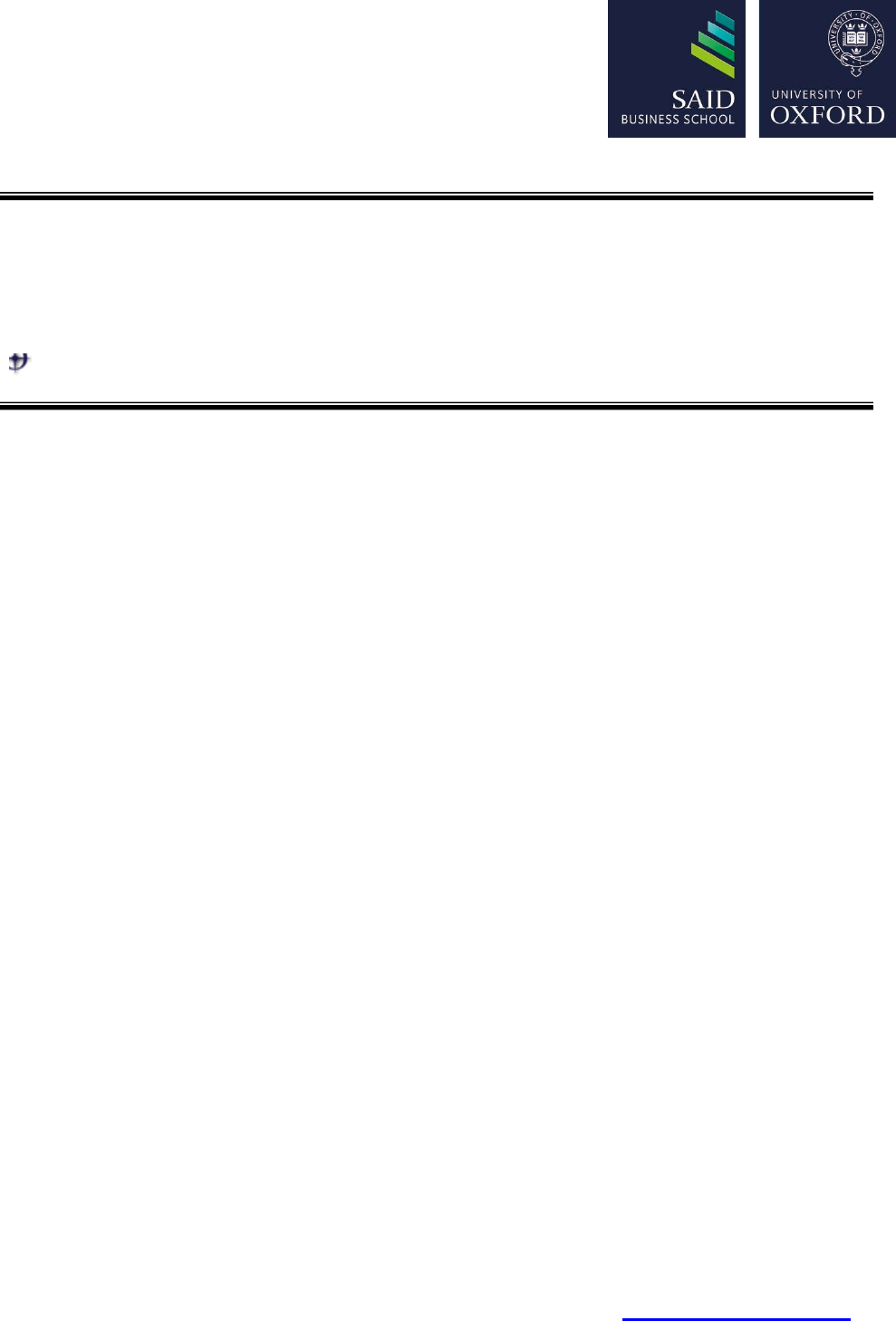
MFE 2015-16
Trinity 2016 | Innovation & Scaling for Impact
Correct on 21/07/2016 Any link problems contact: [email protected]
1
Innovation & Scaling for Impact
Christian Seelos
SOLO tag:
Course Aims and Objectives
Social innovation as a field of practice continues to flourish and expand. In this course we explore the
roles, governance, and consequences of innovation and scaling in social sector organizations. The
topics and perspectives that we consider in this course are informed by a decade-long research
program studying entrepreneurial ventures that prioritise social outcomes, independent of whether
these are set up as for-profit or not-for-profit organisations. Case studies that provide us a rich
contextual perspective on organizations will play a central role in this course. Workshops on modeling
value-creation logics of entrepreneurial social ventures, on understanding and diagnosing innovation
pathologies, and on dissecting problem spaces will provide hands-on practical learning experiences.
Making smart long-term decisions about innovation and scaling is crucial for organizations, their
funders, and their supporters in the form of consultants, researchers, or observers. We will take a
fresh and realistic look at how innovation and scaling enable social value oriented enterprises to
create value and social impact. This course will strengthen students’ understanding of the roles of
innovation and scaling, will expose them to the potential but also the limits of innovation for creating
value, and will provide them with a number of practical frameworks and diagnostic tools that support
decision-making and long-term strategizing in entrepreneurial social ventures and social sector
organizations in general.
Pre-course assignment
For the pre-course assignment please prepare answers to the following questions before engaging
with any of the assigned readings:
1. What is YOUR working definition of Social Innovation?
2. How do you and/or your work relate to Social Innovation?
3. Which examples come to mind when you think of successful Social Innovation?
4. What examples come to mind if you think of unsuccessful Social Innovation?
Please bring your notes to class. While you prepare for the course: reflect on whether and how some
of your answers change as you engage with readings and cases.
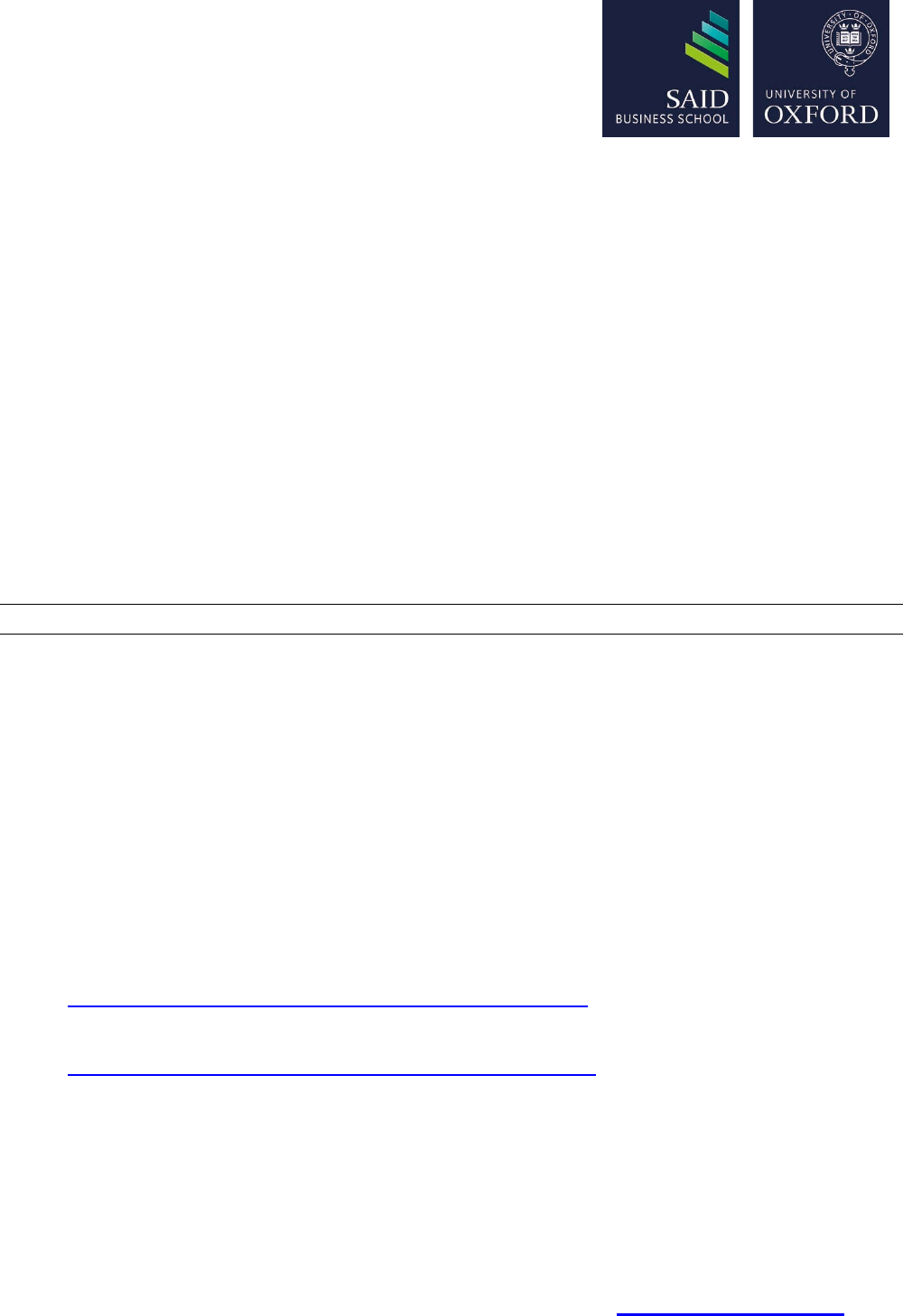
MFE 2015-16
Trinity 2016 | Innovation & Scaling for Impact
Correct on 21/07/2016 Any link problems contact: [email protected]
2
Course Reading List
Essential readings: You are expected to reflect on these readings prior to the course. In particular,
read all assigned case studies carefully and reflect on the assigned case questions. Be prepared to
provide arguments that shed light on the assigned questions – I will routinely employ cold calls to
ensure that everyone participates. The objective is to capture the diversity of perspectives,
experiences and insights that you all provide rather than probe for “right” or “wrong” answers.
However, arguments need to be logical and plausible, informed by evidence from the case or direct
experience with this type of situation, or based on frameworks from assigned readings or other
courses.
Additional readings: These provide you with additional perspectives in case you want to explore
issues more deeply before, during or after the course. I will provide additional readings depending on
your particular interests as the course and our discussions unfold.
Module 1: Saturday, Sunday May 28 and 29
Sat, 28 May: Session 1 – Introduction to innovation and scaling for impact: Meanings,
assumptions, ideologies
Overview and Introduction
Session 1 challenges us to reflect on the multiple discourses and perspectives around innovation and
scaling. We will try to establish a shared set of language and meanings around these concepts and to
critically explore their potential for creating impact.
Essential readings
1. Phills, J. A., Deiglmeier, K., & Miller, D. T. (2008) Rediscovering Social Innovation. Stanford
Social Innovation Review, 6(4): 34-43, accessible at:
http://ssir.org/articles/entry/rediscovering_social_innovation
2. Seelos, C. & Mair, J. (2012) Innovation is not the Holy Grail. Stanford Social Innovation
Review 10 (4), 44-49, accessible at:
http://ssir.org/articles/entry/innovation_is_not_the_holy_grail
3. Garud, R., Tuertscher, P., & Van de Ven, A. H. (2013) Perspectives on Innovation Processes.
The Academy of Management Annals, 7(1): 775-819.
Compare these three readings – what are the main assumptions of authors about innovation?
What are similarities and differences in perspectives and assumptions across the articles?
How does this match or differ from your own assumptions and uses of terminology?
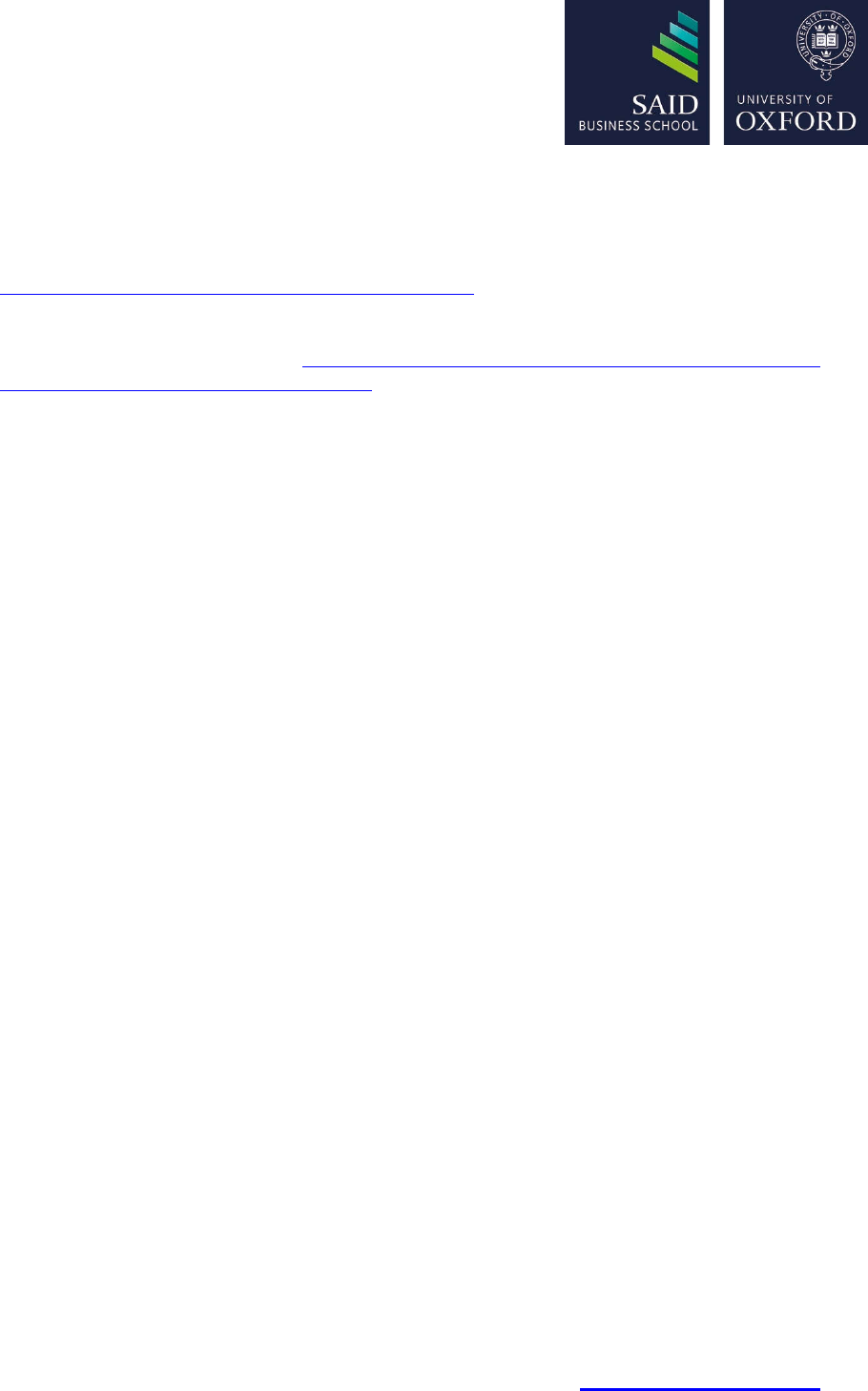
MFE 2015-16
Trinity 2016 | Innovation & Scaling for Impact
Correct on 21/07/2016 Any link problems contact: [email protected]
3
Additional readings
4. Godin, B. (2012) Social Innovation: Utopias of Innovation from c.1830 to the Present. Project
on the Intellectual History of Innovation, Working Paper No. 11, accessible at:
http://www.csiic.ca/PDF/SocialInnovation_2012.pdf
5. Seelos C. & Mair J. (2012) What Determines the Capacity for Continuous Innovation in Social
Sector Organizations? Report to the Rockefeller Foundation. Stanford Center on Philanthropy
and Civil Society. Accessible at: http://www.christianseelos.com/capacity-for-continuous-
innovation_PACS_31Jan2012_Final.pdf
Sat, 28 May: Session 2 – Organizational innovation trajectories (case discussion)
Overview and Introduction
In this session we explore two decades of the organizational journey of Gram Vikas, a social
enterprise operating in rural Orissa, India. We will extract insights on the different roles, potentials,
and characteristics of innovations and scaling activities for creating impact.
Essential readings
1. Case Study: Seelos, C. & Mair, J. (2016) Gram Vikas – A decade of innovations (cannot be
used in digital format, file will be provided by CS to produce student hardcopies).
Case Assignment Questions (reflect on them while you study the case and bring your
notes to class):
Evaluate Gram Vikas decisions and actions during the four phases of their journey:
o The early years (agricultural cooperatives, dairy)
o The tribal village years
o The biogas decade
o Mantra
Why did Gram Vikas start innovations in these phases?
How did they go about it?
What were the consequences of their innovations?
What are the different roles of innovations and scaling in creating impact throughout
the organization’s journey?
Additional readings
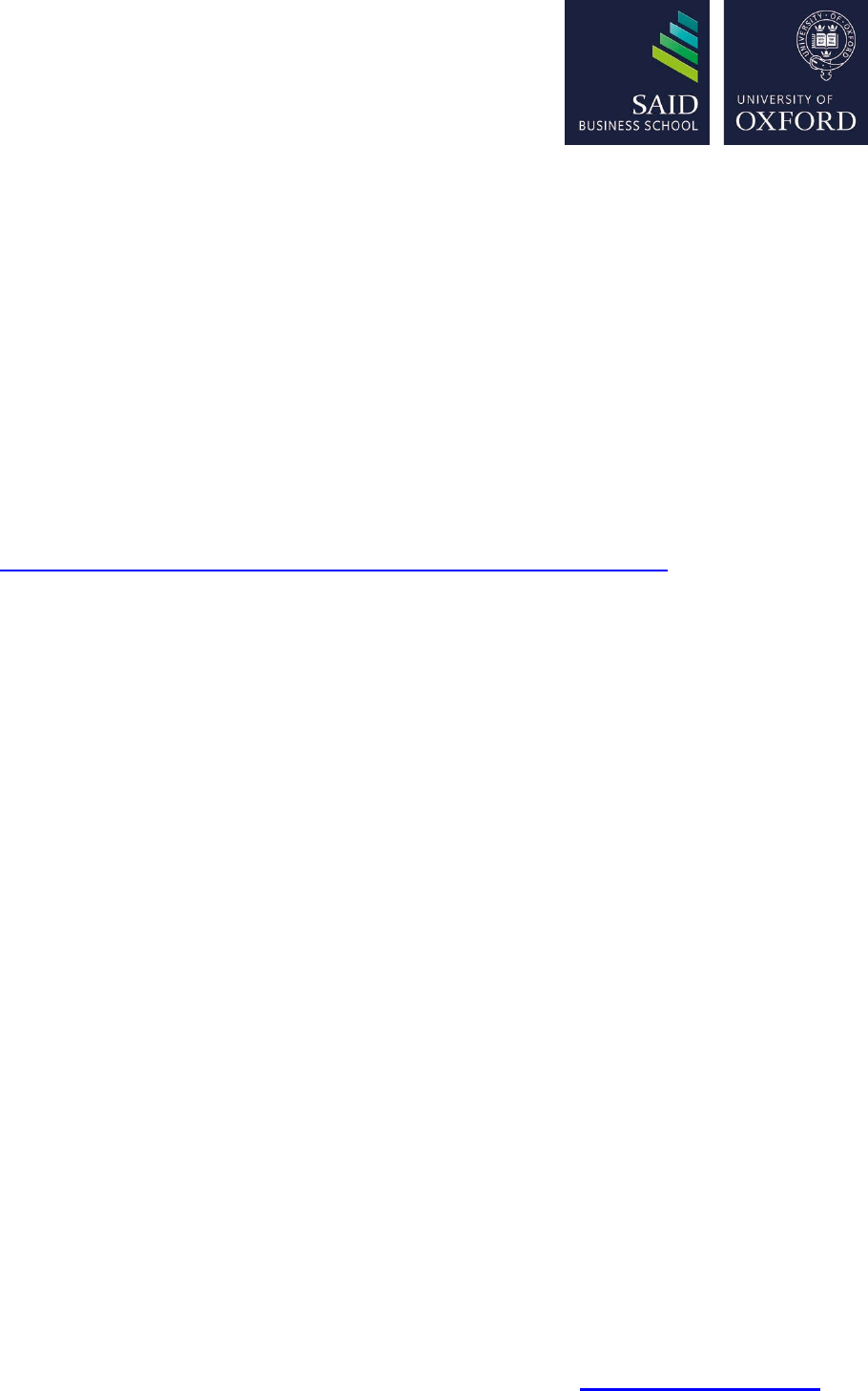
MFE 2015-16
Trinity 2016 | Innovation & Scaling for Impact
Correct on 21/07/2016 Any link problems contact: [email protected]
4
Sat, 28 May: Session 3 – Diagnosing innovation pathologies (workshop)
Overview and Introduction
In this session, we will develop and work with a diagnostic tool for evaluating an
organization’s capacity for productive innovation – turning innovations into impact.
Essential readings
None
Additional readings
1. Seelos, C. & Mair. J. (2013) Innovate and Scale: A Tough Balancing Act. Stanford Social
Innovation Review 11 (3), 12-14, accessible at:
http://ssir.org/articles/entry/innovate_and_scale_a_tough_balancing_act
Sun, 29 May: Session 4 – Thinking about context, strategy, performance and impact
(case discussion)
Overview and Introduction
This session explores the journey of Sekem, a social enterprise in Egypt. We will distil
learnings about the roles of context in shaping organizational-, business-, and social impact
strategies.
Essential readings
1. Case study: Seelos, C. and Mair, J. (2009) Sekem: Liberating a Vision, An Artistic Approach to
Entrepreneurship (digital authors’ copy will be provided).
Case Assignment Questions (reflect on them while you study the case and bring your
notes to class):
How do you evaluate Abouleish's strategy when he started out in the first years after
returning to Egypt?
What were some of the major hurdles that Abouleish faced to making progress in the
first couple of years? What were the roles and powers of various stakeholders?
How do you evaluate Abouleish's strategies to overcome hurdles?
How do you evaluate the pros and cons of Sekem building and integrating a multitude
of different organizational structures and units?
Is Sekem a "blueprint of the organization for the 21st century"? Evaluate if Sekem
could be replicated in other countries and how.
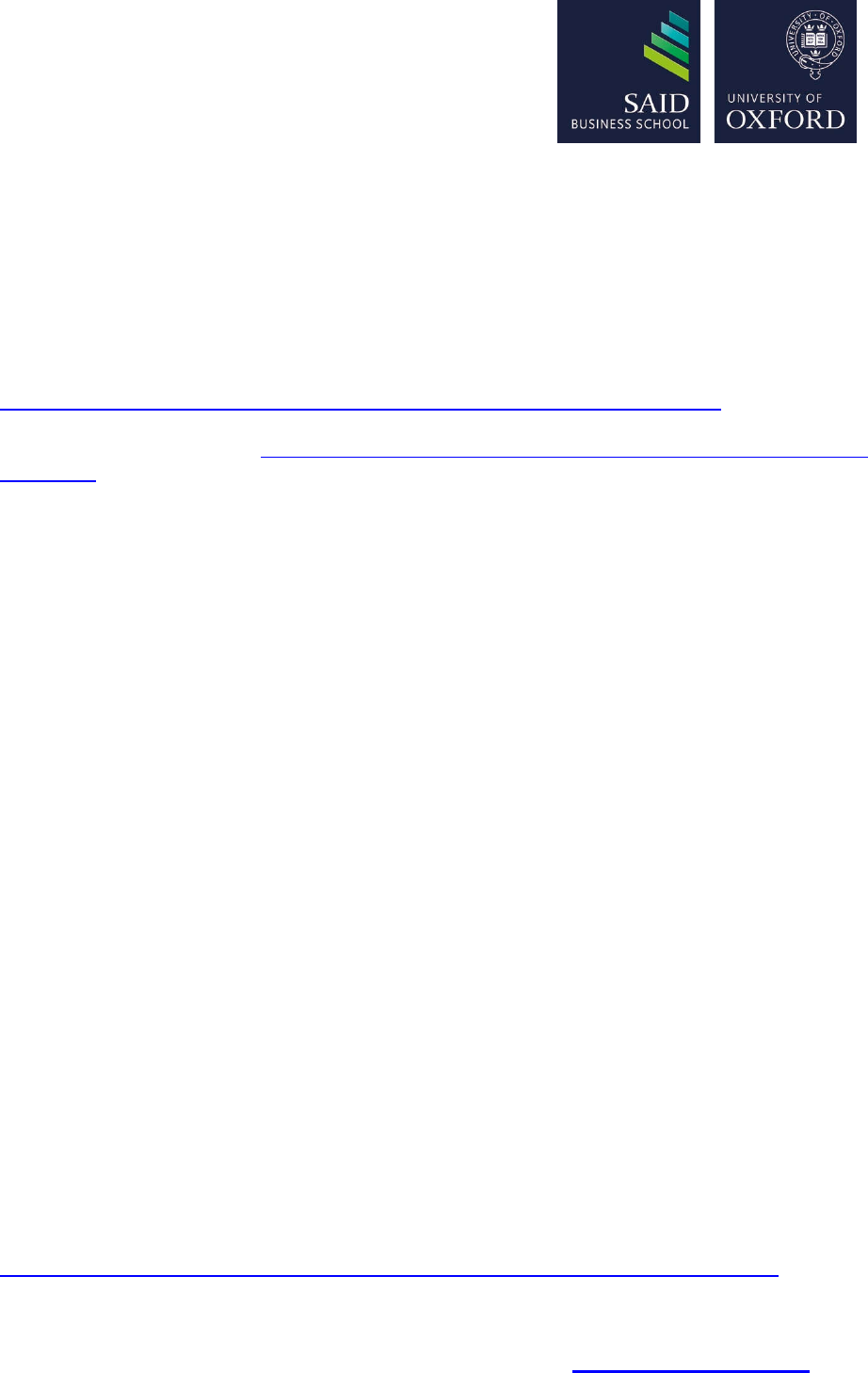
MFE 2015-16
Trinity 2016 | Innovation & Scaling for Impact
Correct on 21/07/2016 Any link problems contact: [email protected]
5
2. Ebrahim, A., & Rangan, V. K. (2014) What Impact? A Framework for Measuring the Scale and
Scope of Social Performance. California Management Review, 56(3): 118-141.
Additional readings
1. Engineers without borders (2011) Failure report; Read: Lewis, S.A. Foreword, and Hemsworth,
M. Protecting Innovation in a Social Enterprise (pp. 18-19) – accessible at:
https://www.ewb.ca/sites/default/files/2011%20EWB%20Failure%20Report.pdf
2. Schambra, W. (2014) Is strategic philanthropy yesterday’s news? Nonprofit Quarterly, June
10, 2014 - accessible at: https://nonprofitquarterly.org/2014/06/10/strategic-philanthropy-so-
yesterday/
Sun, 29 May: Session 5 – Business model innovation and implications for scaling
(workshop)
Overview and Introduction
We will develop and work with an analytical tool to understand the causal architecture of
business models – how organizational action generates impact - in a systematic and
objective manner.
Essential readings
None
Additional readings
Sun, 29 May: Session 6 – Scaling strategies (workshop)
Overview and Introduction
In this session we will explore options for scaling business models and evaluate their pros
and cons. We will also think systematically about resource allocation choices: deciding how
to balance resource allocations to innovation or to scaling.
Essential readings
1. Bradach, J. & Grindle, A. (2014) Transformative Scale: The Future of Growing What Works.
Stanford Social Innovation Review - accessible at:
http://ssir.org/articles/entry/transformative_scale_the_future_of_growing_what_works
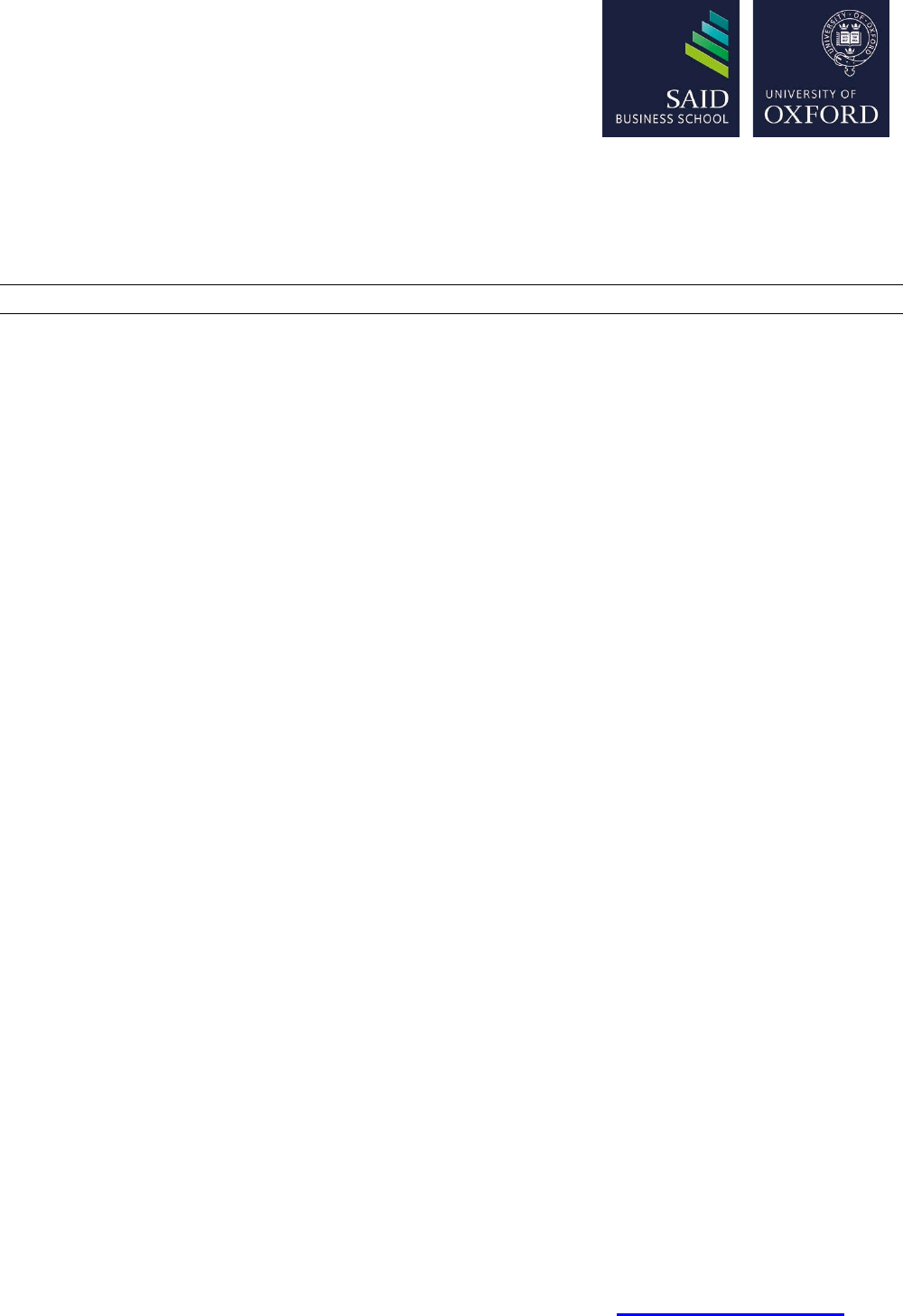
MFE 2015-16
Trinity 2016 | Innovation & Scaling for Impact
Correct on 21/07/2016 Any link problems contact: [email protected]
6
Additional readings
Module 2: Saturday, Sunday June 4 and 5
Sat, 4 June: Session 7 – The ambidextrous organization: How to organize for effective
innovation AND scaling (case discussion)
Overview and Introduction
In this session we reflect on the organizational journey of BRAC, the largest NGO in the
world. Not only has BRAC grown through scaling it has also dramatically expanded its scope
through innovations. We want to understand how organizations can build an effective
capacity for continuous innovation and scaling.
Essential readings
1. Case Study: Seelos, C. & Mair, J. (2016) BRAC – An ambidextrous organization? (cannot be
used in digital format, file will be provided by CS to produce student hardcopies).
Case Assignment Questions (reflect on them while you study the case and bring your
notes to class):
Both Gram Vikas and BRAC were triggered into action by the same natural disaster
(the big cyclone in the 1970s) in comparable contexts. What explains the differences in
their organizational journeys?
How do you evaluate BRAC from the ambidexterity perspective of Tushman (see
assigned reading)? Which elements of ambidexterity does BRAC enact and how?
How does BRAC overcome innovation pathologies?
How do you evaluate BRAC’s long-term strategy from an economic and social impact
perspective? What types of impact does BRAC generate and what are the specific
roles of innovation and scaling in enacting this impact?
2. Euchner, J. (2015) The Challenges of Ambidextrous Leadership: An Interview with Michael
Tushman. Research Technology Management 58 (3): 16-20.
Additional readings

MFE 2015-16
Trinity 2016 | Innovation & Scaling for Impact
Correct on 21/07/2016 Any link problems contact: [email protected]
7
Sat, 4 June: Session 8 – Innovation archetypes: a dynamic perspective on balancing
innovation and scaling for impact
Overview and Introduction
We will summarize and compare the innovation archetypes of various organizations to
understand the different ways in which innovation and scaling relate to impact and at which
pace and for which purposes innovations and scaling can productively be coupled.
Essential readings
None
Additional readings
Sat, 4 June: Session 9 – Guest speaker TBA
Overview and Introduction
Essential readings
None
Additional readings
Sun, 5 June: Session 10 – Cross-sector innovation and scaling (case discussion)
Overview and Introduction
This session explores the scaling strategies of Telenor, a Norwegian Telecom company in
Bangladesh. While many aspects of their market entry seem straightforward from a strategic
perspective, some elements of the entry mode appear counterintuitive. This includes the
choice of a not-for-profit joint-venture partner and including an access strategy for poor
villagers throughout Bangladesh despite the fact that they are not considered profitable
customers. We want to explore this non-traditional scaling strategy from the perspective of a
for-profit company and a social enterprise.
Essential readings
1. Case Study: Telenor in Bangladesh A (INSEAD 304-147-1) and B (INSEAD 304-148-1)

MFE 2015-16
Trinity 2016 | Innovation & Scaling for Impact
Correct on 21/07/2016 Any link problems contact: [email protected]
8
Case Assignment Questions (reflect on them while you study the case and bring your
notes to class):
Why was Bangladesh not on Telenor's radar screen in 1994? As the CEO of Telenor in
1994, how would you evaluate risks and opportunities of a market entry in
Bangladesh?
Evaluate the unusual partnership between Telenor and Grameen? From a purely
commercial perspective - how important was Grameen as a partner? Could or should
Telenor have done it alone?
Evaluate the features of the joint business model between the two organizations. Do
you agree or disagree with the decision to set up two independent companies
GrameenPhone and GrameenTelecom to pursue an emerging market in a resource
poor country?
How is social and economic value creation interdependent in this case? What does
Telenor's CEO mean when he says "Good business is good development and good
development is good business"?
What is the long-term impact for the major stakeholders?
Additional readings
Sun, 5 June: Session 11 – Mapping problem spaces: Implications for innovation and
Scaling (workshop)
Overview and Introduction
In this session we will develop and work with a diagnostic tool for systematically mapping problem
spaces – the elements that create and sustain social challenges. We will discuss the implications of
different “maps” for innovation and scaling.
Essential readings
None
Additional readings
Sun, 5 June: Session 12 – Your research presentations - TBA
Overview and Introduction
In this session you will present insights and questions from analytical work you have done between
modules 1 and 2 for discussion with your peers.

MFE 2015-16
Trinity 2016 | Innovation & Scaling for Impact
Correct on 21/07/2016 Any link problems contact: [email protected]
9
Essential readings
None
Additional readings
Sun, 5 June: Session 13 – Wrap up
Overview and Introduction
Essential readings
None
Additional readings
